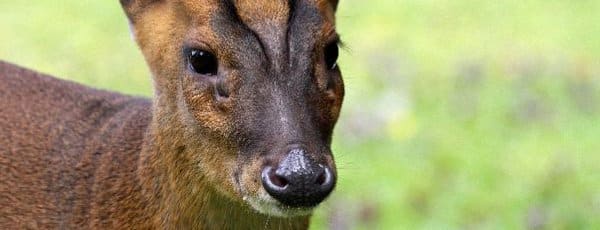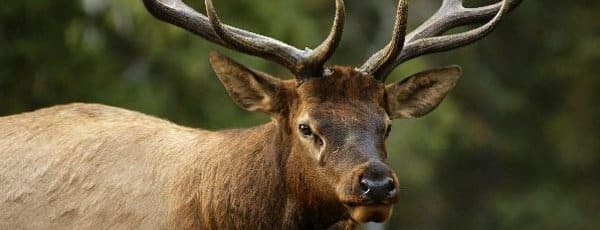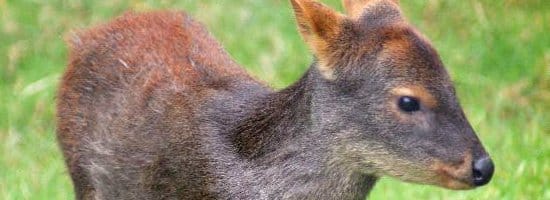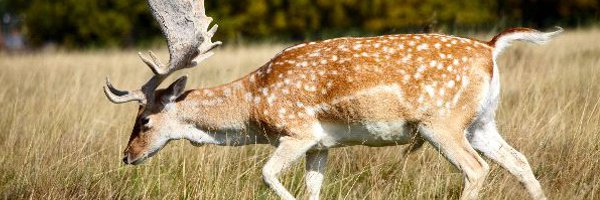Deer Scientific Research
There are plenty of interesting areas of deer research that have given us great information. Of course they can also open up some more questions that we actively still are seeking the answers for. The evolution of deer is one area that continues to be mysterious. We do have fossil evidence that shows they have been around for more than 35 million years.
Yet how they all became inhabitants of specific locations still isn’t known. It is believed that has to do with the evolution process. At this time though we don’t fully understand what changes have occurred over the course of time to create them as the deer species we are familiar with today. This is an avenue of deer research that needs more evidence to be found before we can fully discover all of those answers.
Learning how deer interact with each other and develop their social structure is a great part of the research that has been done. The males don’t stay close to the females once they mature. Yet they have a hierarchy just the same that allows them to determine who will be able to claim a given territory.
This hierarchy also helps them to determine who will be able to mate with the females. The actually herd then is generally made up of the females and their fawns. They seem to form very good relationships and to care for their young with a sincere connection.
There is a level of hierarchy as well though among the females in a herd. This can result in some tense movements when there are new fawns introduced to the herd. It can also be an issue when feeding areas are scarce during the winter months. As we learn about how they handle their natural environment we can help people learn to live with them in harmony.
For example deer aren’t going to leave their known feeding areas just because humans build homes in those areas. Such research is important because it gives information about housing development and keeping things in perspective with nature. The data that is collected from such efforts can result in help those types of important decisions to be determined.
Just as there are many similarities of deer out there, many differences with the various species have been noted. There is a great deal of time spent on the individual research for them. Identifying each of the species, their locations, behaviors, eating habits, and more is definitely something that can’t be done overnight.
Thanks to the technology of infrared cameras, we have been able to collect lots of data during the night when these animals the most active. The feed from the cameras can be viewed at a remote location too so that humans aren’t bothering the habitat where these deer are living.
Today most deer reach out there covers keeping a good estimate of the number of them in given areas. That is how hunting tag numbers are determined. The higher the population happens to be, the more deer tags will be released to hunters in those areas. The goal is to keep the population at a good number where they can continually have their basic needs met. Yet the more those needs are met the higher the population goes!
Keeping a good idea on numbers that drop rapidly is very important. It could indicate that the efforts of humans in a given location have created too much of a burden on these animals. It can also mean that there are serious health problems circulating including roundworms. Ticks that deer can get can result in outbreaks of Lyme disease in humans. That is a serious problem that has to be researched so that those specific areas can be closely monitored.






